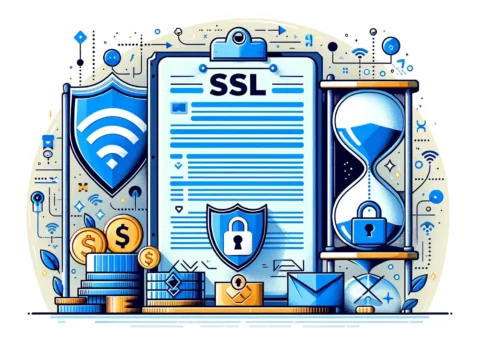How to Add an SSL Certificate to a Website
Every website, from regular blogs to e-commerce platforms, needs an SSL certificate to remain accessible via most browsers and feature in search engine results. Without SSL, the connection between users’ browsers and website servers is in plain text and vulnerable to cyber-attacks. But how do you add an SSL certificate to a website and configure […]































